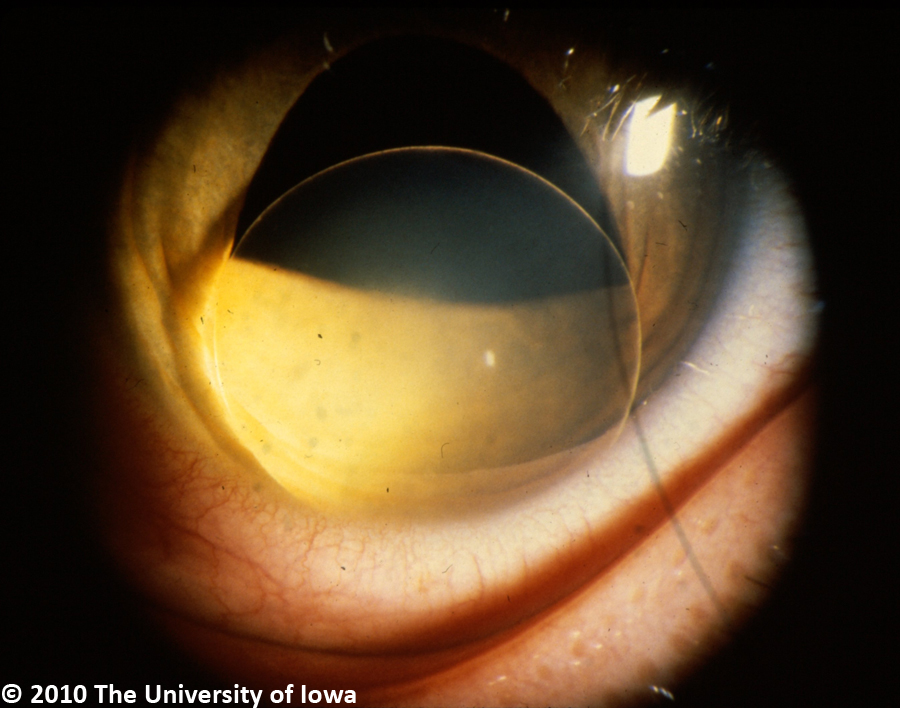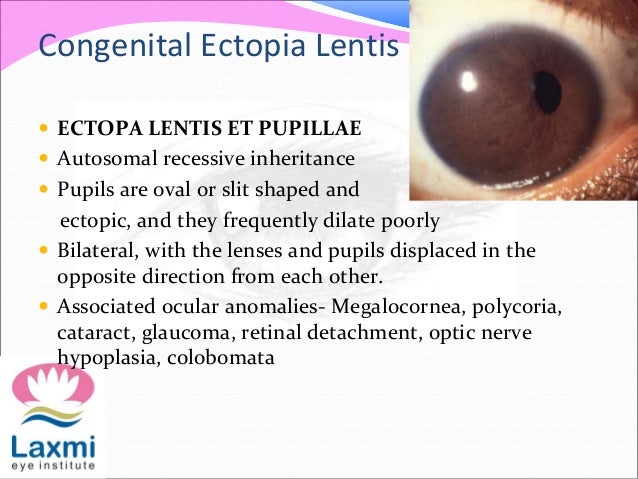
The prevalence in patients -5D) with progressively worsening myopia. Įctopia lentis is the most common ophthalmic complication of homocystinuria, seen in approximately 90% of patients. Ophthalmic complications include high myopia, ectopia lentis, pupillary block glaucoma, and retinal detachments. Risk of thrombosis is increased during any perioperative period and appropriate precaution should be taken peri-operatively (heparin, aspirin, low-molecular weight dextran, compression stockings, etc.). The largest concern is the effects elevated homocysteine has on the vascular system leading to thromboembolic events (stroke, pulmonary embolism, embolus of the iris) that increase the morbidity and mortality of the disease. The central nervous system is often involved, presenting with developmental delay, intellectual disability, movement disorders, and seizures. If the skeletal system is affected, they can be described as having “Marfanoid habitus” which includes excessive height, long limbs, scoliosis, and pectus excavatum. Individuals with Homocystinuria can present with any number of different systemic manifestations.

Additionally, the lens zonules of the eye have high cysteine content and are possibly weakened by the reduced level of cysteine. The interference between elastin proteins may also cause alterations of the scleral connective tissue. This cross-linking interference is thought to contribute to ectopia lentis and the skeletal abnormalities seen in homocystinuria. The alterations to fibrillin and cross-linking modification in elastin may contribute to connective tissue abnormalities and vascular endothelial dysfunction. Increased S-adenosylhomocysteine (SAH), a precursor to homocysteine, impairs methylation reactions and decreased concentrations of cystathionine and cysteine are associated with apoptosis, oxidative stress, and alterations of structural proteins like fibrillin. However, raised homocysteine concentrations interfere with the cross-linking of sulfonhydryl groups in proteins such as those in elastin.

The pathophysiology of homocystinuria is not completely understood. Different mutations are associated with variation in the expected phenotype, with some mutations associated with milder, or conversely more severe, disease. Of these mutations, 67% are missense mutations. Ĭystathionine beta-synthase is a protein coded on chromosome 21 (21q22.3) with 164 pathogenic mutations currently identified, the most common being p.Ile278Thr and p.Gl圓07Ser, found in exon 8. Therefore, it is important to test siblings of children who present with homocystinuria. Barring a new sporadic mutation, each parent must be a carrier and each of their children has 25% chance of being affected, a 50% chance of being an asymptomatic carrier, and a 25% chance of being unaffected and not a carrier. Homocystinuria is inherited in an autosomal recessive manner. Minimum worldwide incidence is estimated to be ~0.38:100,000 and the incidence has been shown to be higher in non-Finnish Europeans (~0.72:100,000) and Latin Americans (~0.45:100,000) and lower in Africans (~0.20:100,000) and Asians (~0.02:100,000). They'd probably say our school looks more like an ear.The worldwide prevalence of homocystinuria is estimated to be 0.82:100,000 according to clinical records and 1.09:100,000 by neonatal screening. Now, maybe I'm wrong, and maybe I'm right,Īnd maybe this campus has nothing to do with sight.Īfter all, if you ask any of the Audiology students here That the gazebo is a benign wrought-iron cyst.Īnd in back the road lets cars quickly moveĪs though speeding in a well-perfused choriocapillary groove. Is for trabecular meshwork aqueous overflow. The corridor between buildings where pedestrians go On sunny days reflect like biomicroscopy sheen. The inner-courtyard windows, so clean, pristine, The water fountains you see, whether operative or not,Īre the Purkinje image about which we've been taught. That makes the pond in the middle the iris, greenish-blue,Īnd the island its ectopic pupil where light rays pass through. Like an ocular globe planted in Elkins Park ground.īut on the flag pole-side the circle is incomplete,Ī typical iris coloboma forged in parking lot concrete. Start with its shape: almost perfectly round, It's a little funny that our campus looks like an eye.

This book was published in 2016.Īs seen on Google Earth, from high up in the sky,

Check out this poem featured in the book, "Optopoetry" written and illustrated by Jonathan Jacesko, OD '17 and other Salus PCO alumni.


 0 kommentar(er)
0 kommentar(er)
